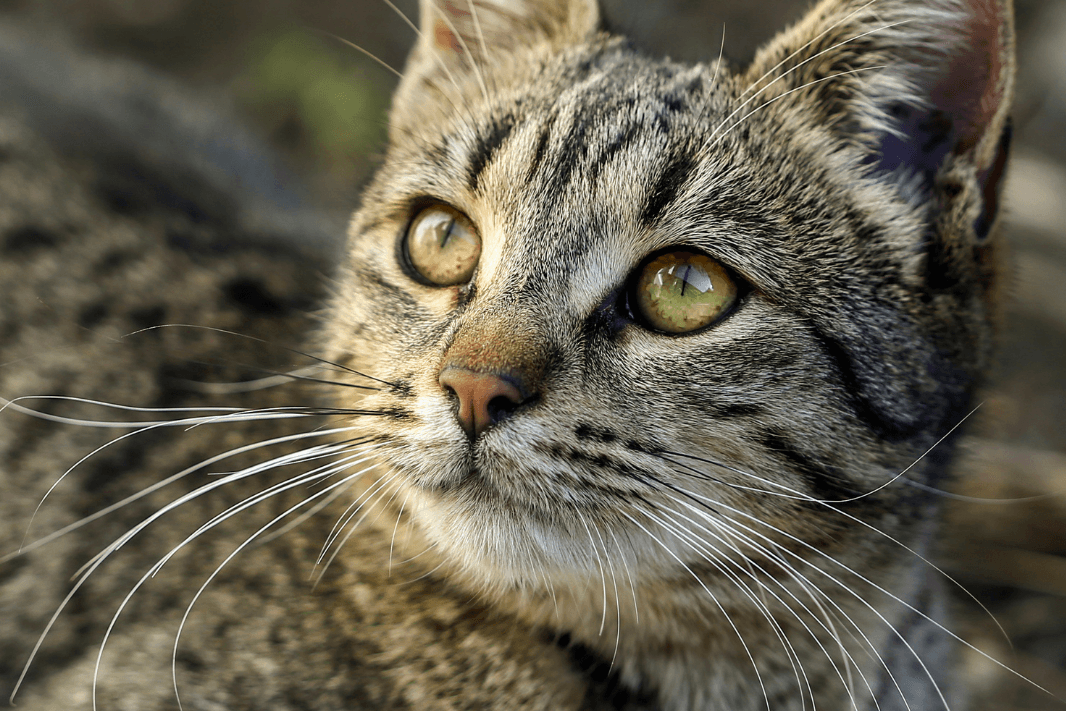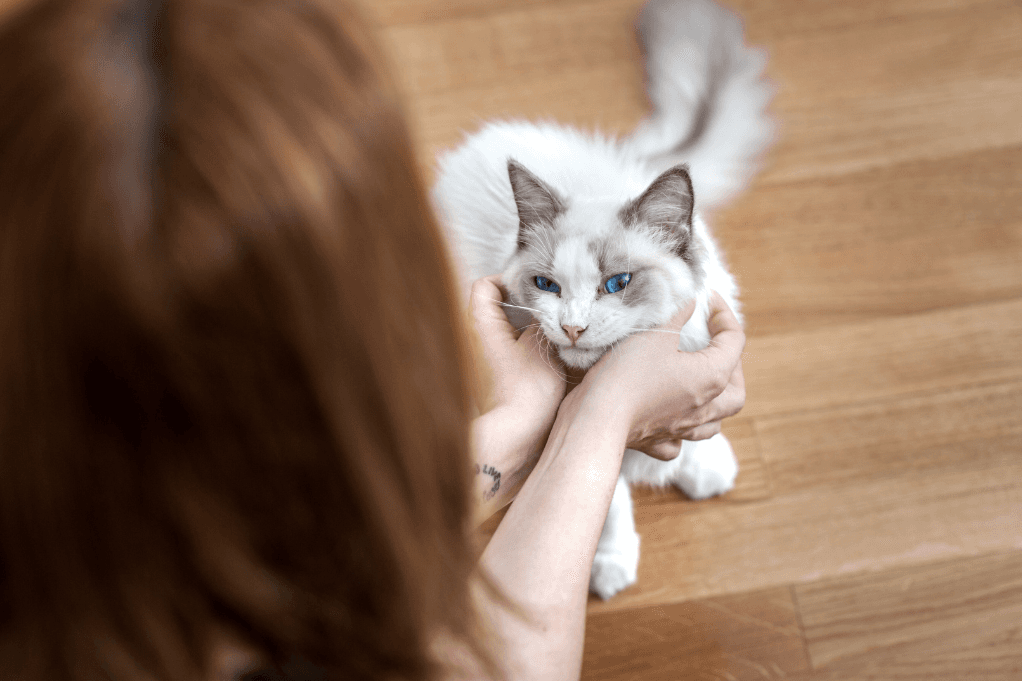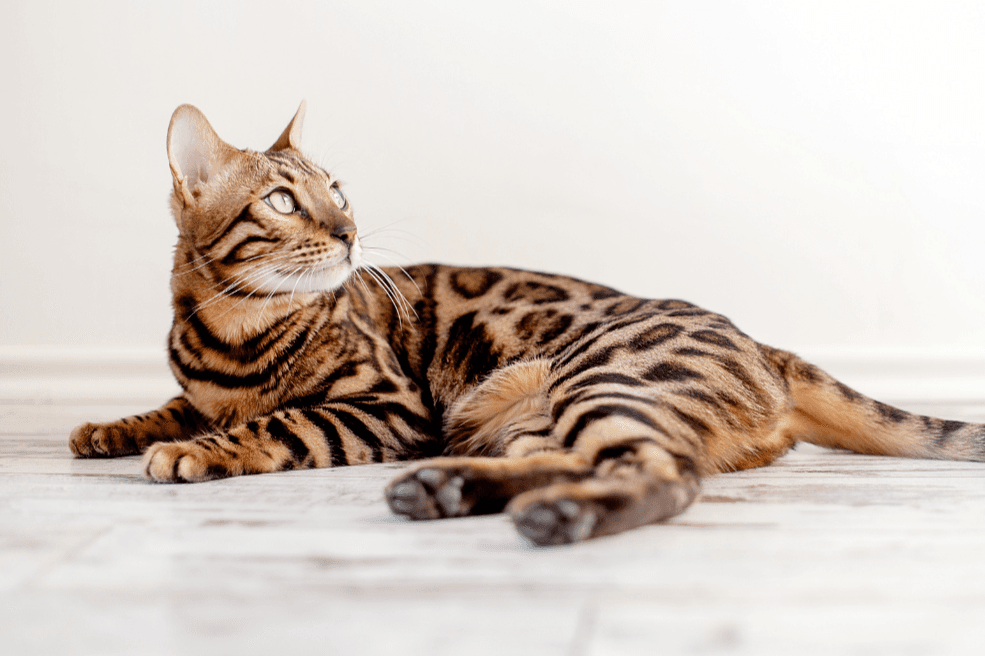European Shorthair Guide
Information about the cat breed European Shorthair
Weight: 3.5 - 7 kg
Wither height: 23 - 30 cm
Energy level: Medium
Lifespan: 12 - 18 years
Social need: Medium
Colours: Usually gray with a tabby coat, i.e. striped pattern. Other colours that occur in the breed are black, broad, red and creme.
Health problems: Generally healthy and typical hereditary breed diseases are not known.
Personality of a European Shorthair
European Shorthair, or European as it is often called, is an active, curious and very friendly cat breed. It is easy to deal with, enjoys your company and often gets along well with other cats and children. As a loyal and sociable cat, a European always appreciates cuddle time with its cat parents very much. But the European Shorthair is also always ready to play and needs occupation and change because it has a pronounced need for movement. A European is therefore often well suited as an outdoor cat, then it also gets an outlet for its hunting drive and need for adventure. If you have it as an indoor cat, you must ensure that it can activate itself, for example with cat trees and toys.
Looks and fur care of a European
A European is proportionate, muscular and has medium length legs. It looks very much like a farm cat in appearance - that is, like the typical Swedish mixed breed cat. Namely, the fur of a European is short and often striped, or tabby-patterned as it is called, but tortoiseshell and smoke patterns also occur in the breed. To take care of a European Shorthair's coat in the best way and reduce the amount of loose hair in the home, you should brush or comb the coat from time to time. During the shedding period, you should think about brushing more often.
The difference between European and Domestic Cat
It is easy to confuse the European with the Domestic Cat because they are similar and because Domestic Cats often have a lot of the original European cat strain in them. However, European Shorthairs always have a pedigree and documented background, which Domestic Cats do not. Breeding within this cat breed is also controlled in the same way as with other purebred cats.
Health problems in a European
The European Shorthair is a generally very healthy cat breed that is hardy and not particularly susceptible to disease. No typical hereditary breed diseases are known in the breed either. But of course it happens that a European suffers from the health problems and other diseases that occur in cats.
Oral health
Did you know you need to brush your cat's teeth? Brushing your cat's teeth daily is the best thing you can do to prevent your cat from getting periodontitis, learn more about it in our app. The dental disease FORL is common among cats and often occurs in connection with periodontitis. Brushing the cat's teeth can be a challenge, but with treats and a lot of patience, the cat will eventually get used to it. Learn more about how to brush your cat's teeth in our app course.
Poisoning
There are a lot of things that are toxic to cats that you may not have thought about before. An example of this is plants, learn more about which plants are poisonous to your cat in the Lassie app. Additional examples of what is poisonous to cats are chocolate and mouse and rat poison. It is important to store things that are dangerous to cats in a place that they cannot access.






